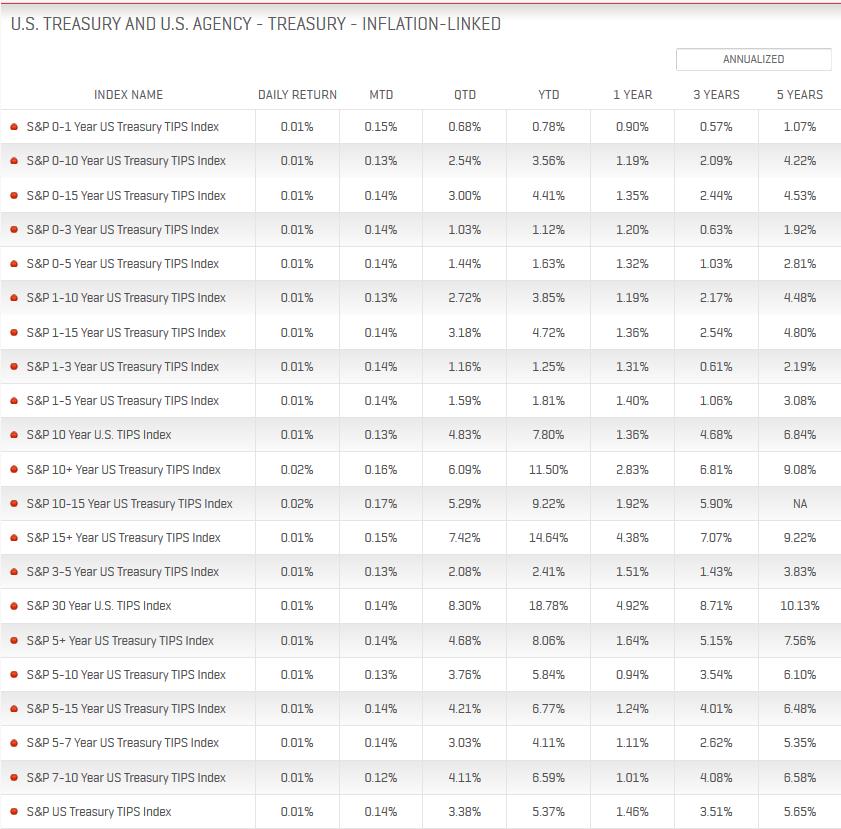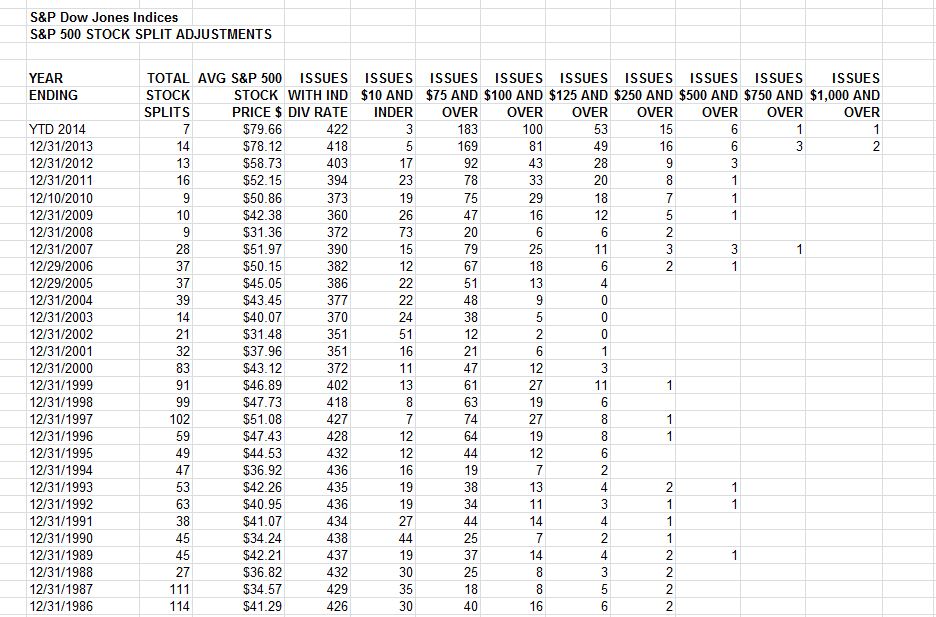In my last post, I explained VEQTOR’s allocation process and purpose. Some suspicion rises about its relatively short back test history and even shorter live data. Let’s talk about its performance and discuss the scenario when it fails to deliver what it’s supposed to, that is, hedging downside risk.
VEQTOR was launched on November 18, 2009. While it didn’t live through the financial crisis, it did capture the 2011 US Treasury downgrade and has sustained the test. From July 31, 2011 to September 30, 2011, the S&P 500 index lost 12.08% in only two months. In the meantime, VEQTOR rose 13.34%. Exhibit 1 shows the performance of the S&P 500 and VEQTOR in 2011. Before the downgrade news hit the market, they both peaked on 4/29/2011. The S&P 500 bottomed out with a maximum drawdown of -18.64% on 10/3/2011 and could not restore to its April peak value until 2012, while VEQTOR hit its bottom on 8/9/2011 with a maximum drawdown of -5.37% and bounced back to its April peak value in only 9 calendar days. At the end of the year, the 500 returned only 2.11% with a volatility of 23.37% and VEQTOR posted an annual return of 17.41% with a volatility of 10.78%.
Exhibit 1: S&P 500 and VEQTOR Performance in 2011
The reason that VEQTOR held strong in 2011 despite its short back test history is that this model is based on market statistics, not on data mining. When black swan events happen, VEQTOR frame work could fail only on two possible reasons: 1) the negative correlation between equity market and its volatility breaks; or 2) VEQTOR allocation process breaks, which essentially means that the implied volatility or realized volatility signal breaks. Due to short trading history of VIX futures, we are not able to extend VEQTOR’s back test data. But we can discuss realized volatility and implied volatility in a much longer time period.
VIX was launched on January 19, 1993. To minimize any suspicion on back test, we only investigated VIX’s behavior since its launch date. Our study shows that the correlation between VIX and the S&P 500 (since January 1993) is around -73%, on par with their correlation since December 20, 2005, VEQTOR’s inception date. We do not see this negative correlation breaking any time soon which is why the S&P 500 put options are generally used to hedge their downside risk. So the next question is: will the correlation between the equity market and the VIX futures market break? The VIX futures market may not move with VIX spot all the time due to its roll cost. However, that happens mostly when VIX is hovering at its lower end. When the market is in stress (and when VEQTOR is supposed to act to the stress), VIX futures tend to go up with the spot. Roll cost tend to be overwhelmed by the spot movement, and the futures curve may even flip into backwardation and generate positive roll yield. Exhibit 2 shows the 50 biggest daily drops of the S&P 500 index and corresponding returns in the VIX spot and futures (if applicable).
Exhibit 3: S&P 500 and VIX history (1/19/1993 – 5/22/2014)
How about the VEQTOR allocation process? Would it respond to the market turbulence if it existed since 1993? We applied the allocation algorithm (minus the stop-loss feature, which has to be derived from VEQTOR index values) on those post-tech-bubble years, and got this:
Exhibit 4: Hypothetical VEQTOR Allocation After Tech Bubble Burst (7/14/2000 – 11/26/2002)
It seems that, if VIX futures were traded during that period and VEQTOR back test history could be extended, VEQTOR would have increased its allocation to VIX futures accordingly, up to 40%. Provided that the volatility-equity negative correlation held over the long term and VEQTOR allocation worked this way, chance of VEQTOR not doing its job during post-tech-bubble period seems slim.
We know this period also covered Sept-11 event. The equity market was closed for a week. After trading resumed on 9/17/2011, the S&P 500 was down by 4.89% and VIX spot went up 31.16%. If we were able to extend VEQTOR history, VEQTOR would have quickly increased its allocation to VIX from 10% to 15% the next day, and to 25% three days later.
Finally, let’s take a look at VEQTOR’s performance since its launch date (Exhibit 5). As I pointed out earlier, the VEQTOR has underperformed the equity market for the majority of the time. However, that does not negate its use as a hedging tool for equity market tail risk. We shouldn’t judge a sushi chef by his ability of making curry chicken, should we?
Exhibit 5: Performance History (11/18/2014 – 5/22/2014)
Source: S&P Dow Jones Indices. Chart is provided for illustrative purposes. Past performance is not a guarantee of future results.
The posts on this blog are opinions, not advice. Please read our Disclaimers.












































 Source: S&P Dow Jones Indices, June 11, 2014
Source: S&P Dow Jones Indices, June 11, 2014




